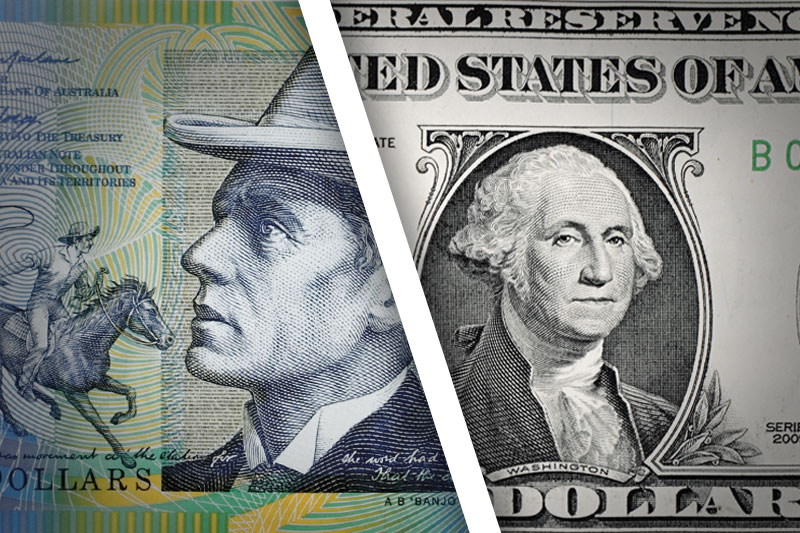Investing.com’s stocks of the week
Investing.com - The Australian dollar traded lower against its U.S. rival during Tuesday’s Asian session after the Reserve Bank of Australia opted to keep interest rates at a record low of 2.5%.
In Asian trading Tuesday, AUD/USD fell 0.24% to 0.9488. The pair was likely to find support at 0.9422, the low of November 1 and resistance at 0.9623, the high of October 28.
As expected RBA kept rates at 2.5%, but that was not enough to send traders into the Aussie, which has been strong against the greenback over the past couple of months.
What should have boosted the Aussie is the fact that RBA left out the verbiage "scope for further easing," which had been commonplace in previous statements from the central bank.
RBA Governor Glenn Stevens said inflation was inline with the central banks desired range, but added that economic growth in the world’s 12th-largest economy remains sluggish.
The RBA announcement comes a day after data showed that retail sales in Australia 0.8% in September, beating expectations for a 0.4% increase, after an upwardly revised 0.5% rise the previous month.
A separate report showed that job advertizements in Australia fell 0.1% in October, following a 0.2% increase the previous month.
Stevens did reiterate the view that the Aussie remains too high.
"In Australia, the economy has been growing a bit below trend over the past year and the unemployment rate has edged higher. This is likely to persist in the near term, as the economy adjusts to lower levels of mining investment. Further ahead, private demand outside the mining sector is expected to increase at a faster pace, though considerable uncertainty surrounds this outlook," said Stevens in a statement.
Elsewhere, AUD/JPY fell 0.40% to 93.41 while AUD/NZD lost 0.10% to 1.1467.
In Asian trading Tuesday, AUD/USD fell 0.24% to 0.9488. The pair was likely to find support at 0.9422, the low of November 1 and resistance at 0.9623, the high of October 28.
As expected RBA kept rates at 2.5%, but that was not enough to send traders into the Aussie, which has been strong against the greenback over the past couple of months.
What should have boosted the Aussie is the fact that RBA left out the verbiage "scope for further easing," which had been commonplace in previous statements from the central bank.
RBA Governor Glenn Stevens said inflation was inline with the central banks desired range, but added that economic growth in the world’s 12th-largest economy remains sluggish.
The RBA announcement comes a day after data showed that retail sales in Australia 0.8% in September, beating expectations for a 0.4% increase, after an upwardly revised 0.5% rise the previous month.
A separate report showed that job advertizements in Australia fell 0.1% in October, following a 0.2% increase the previous month.
Stevens did reiterate the view that the Aussie remains too high.
"In Australia, the economy has been growing a bit below trend over the past year and the unemployment rate has edged higher. This is likely to persist in the near term, as the economy adjusts to lower levels of mining investment. Further ahead, private demand outside the mining sector is expected to increase at a faster pace, though considerable uncertainty surrounds this outlook," said Stevens in a statement.
Elsewhere, AUD/JPY fell 0.40% to 93.41 while AUD/NZD lost 0.10% to 1.1467.
